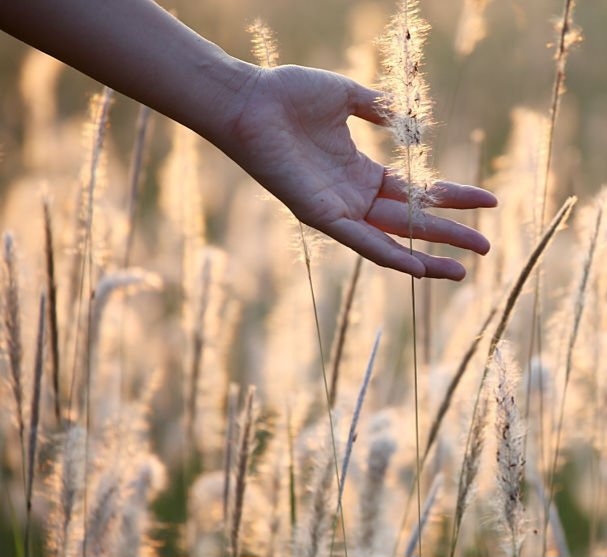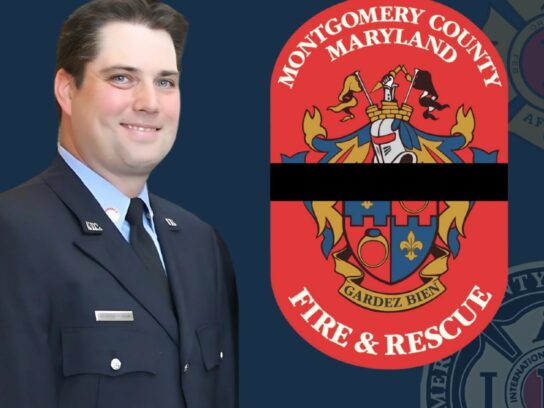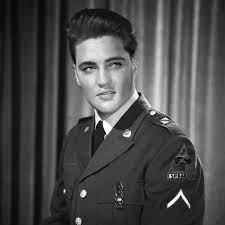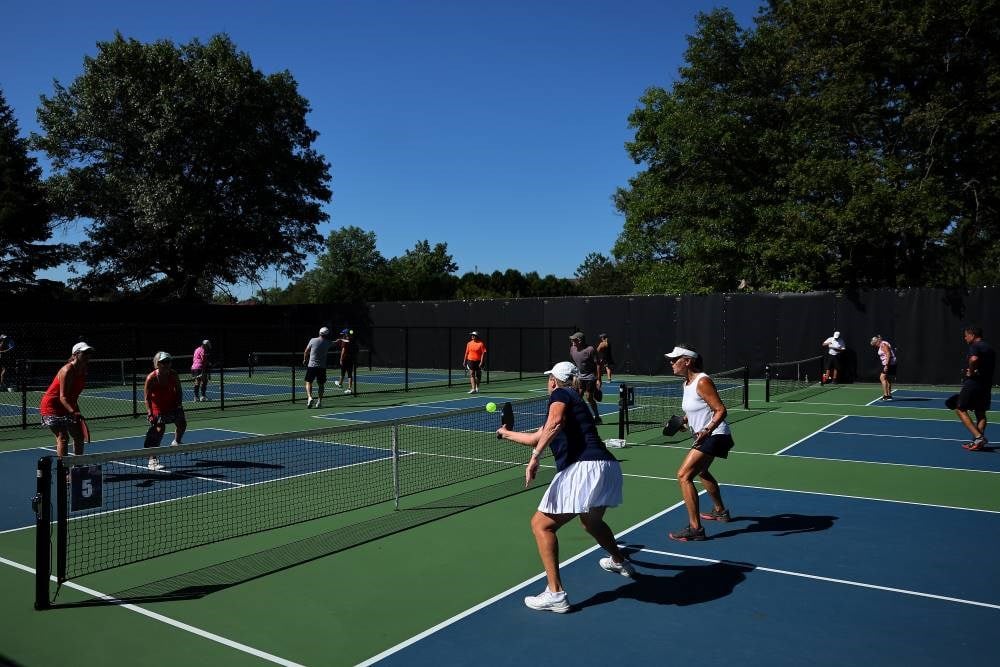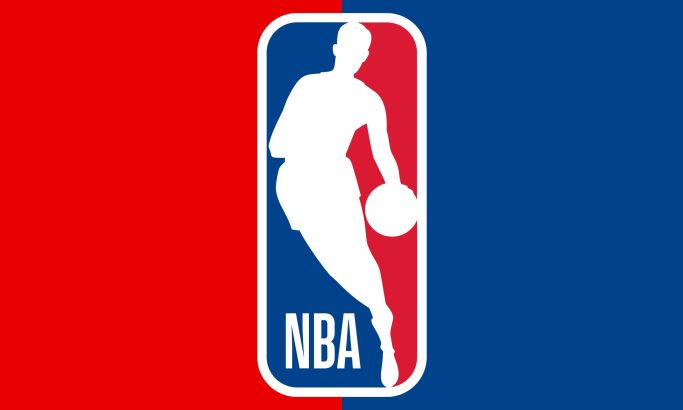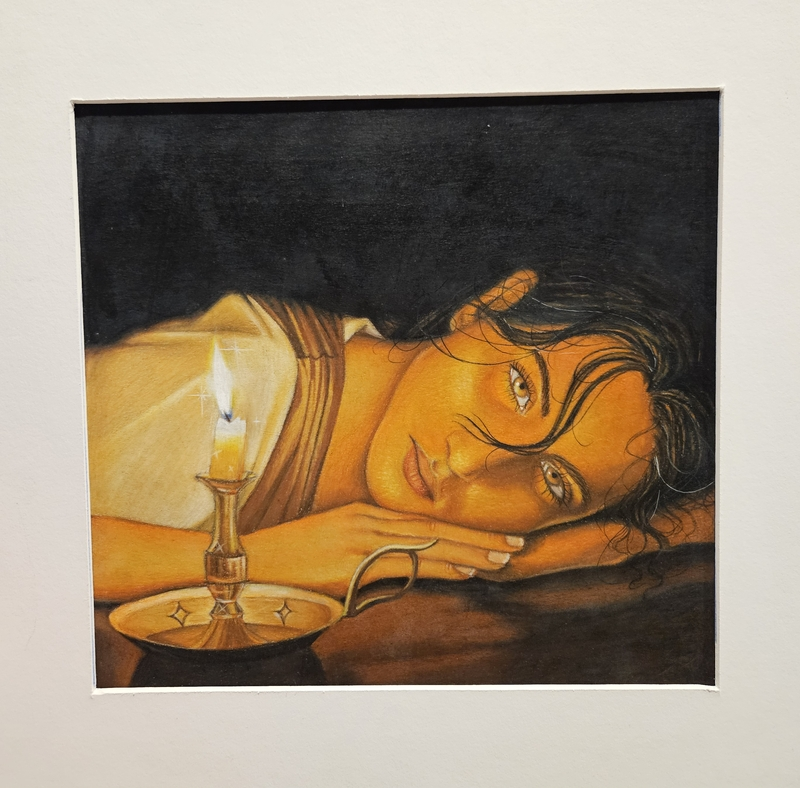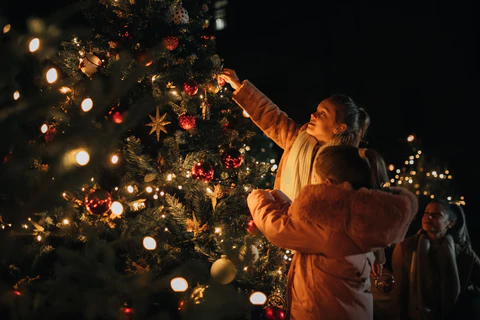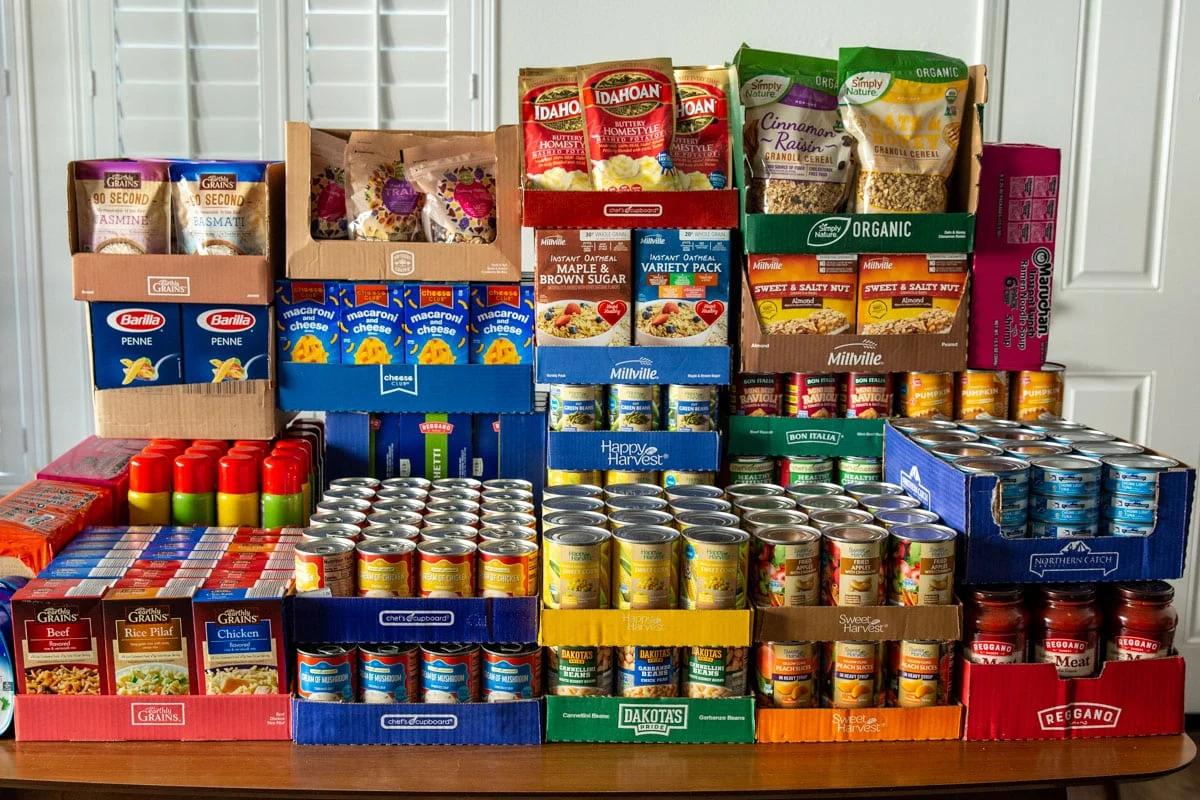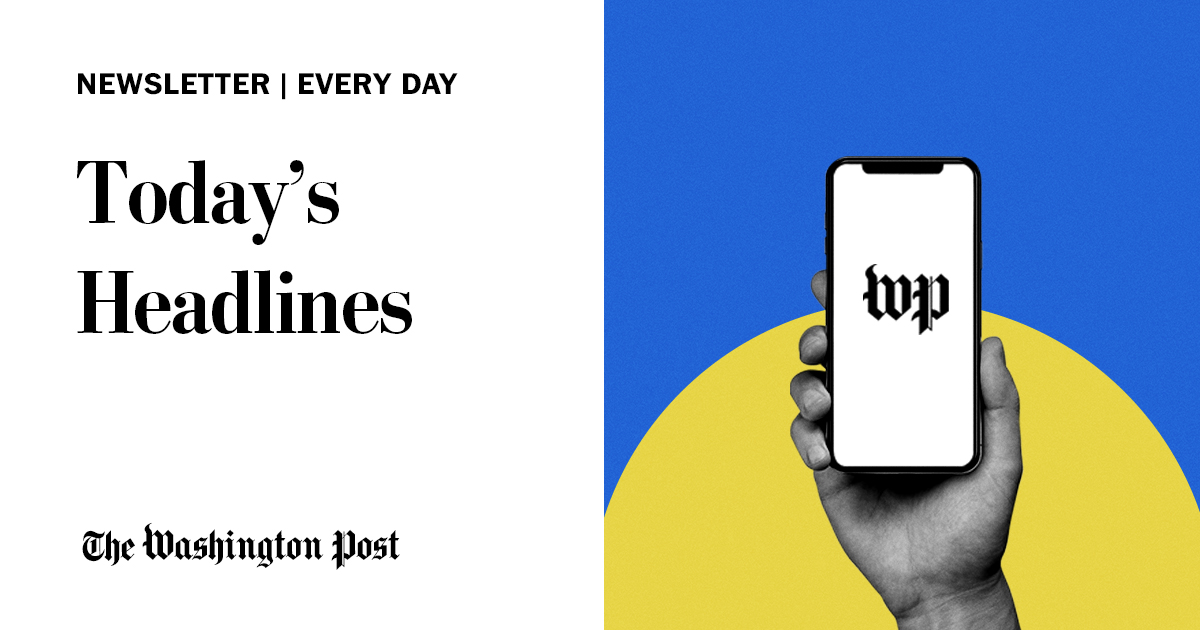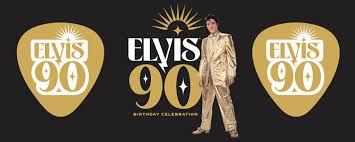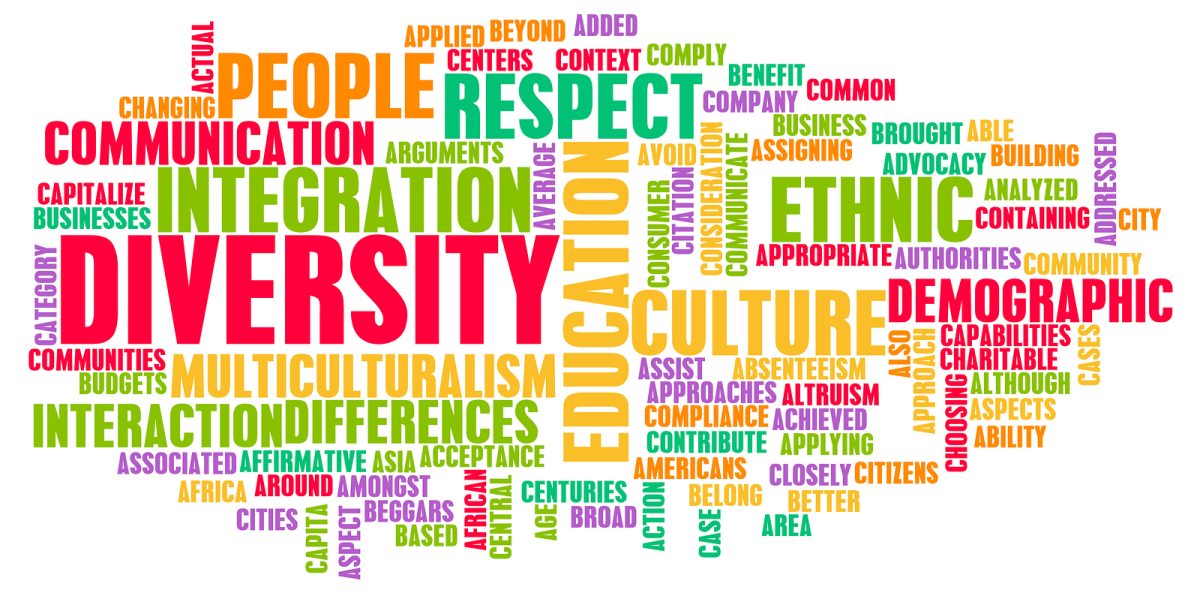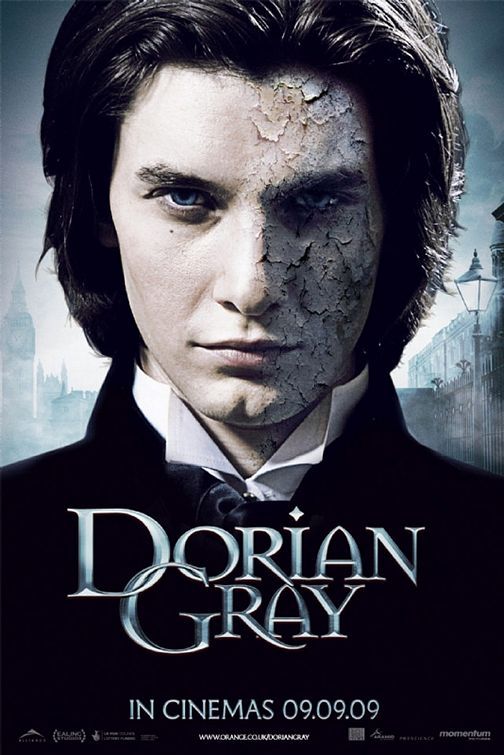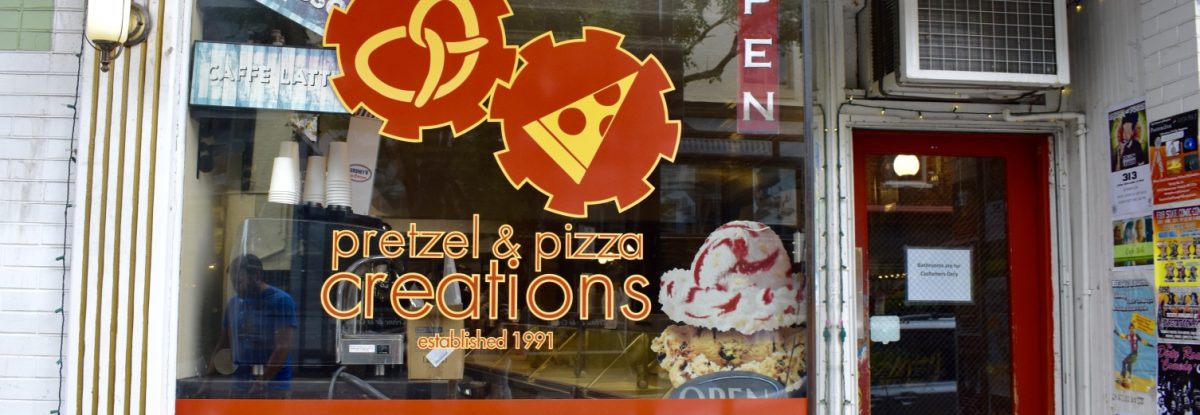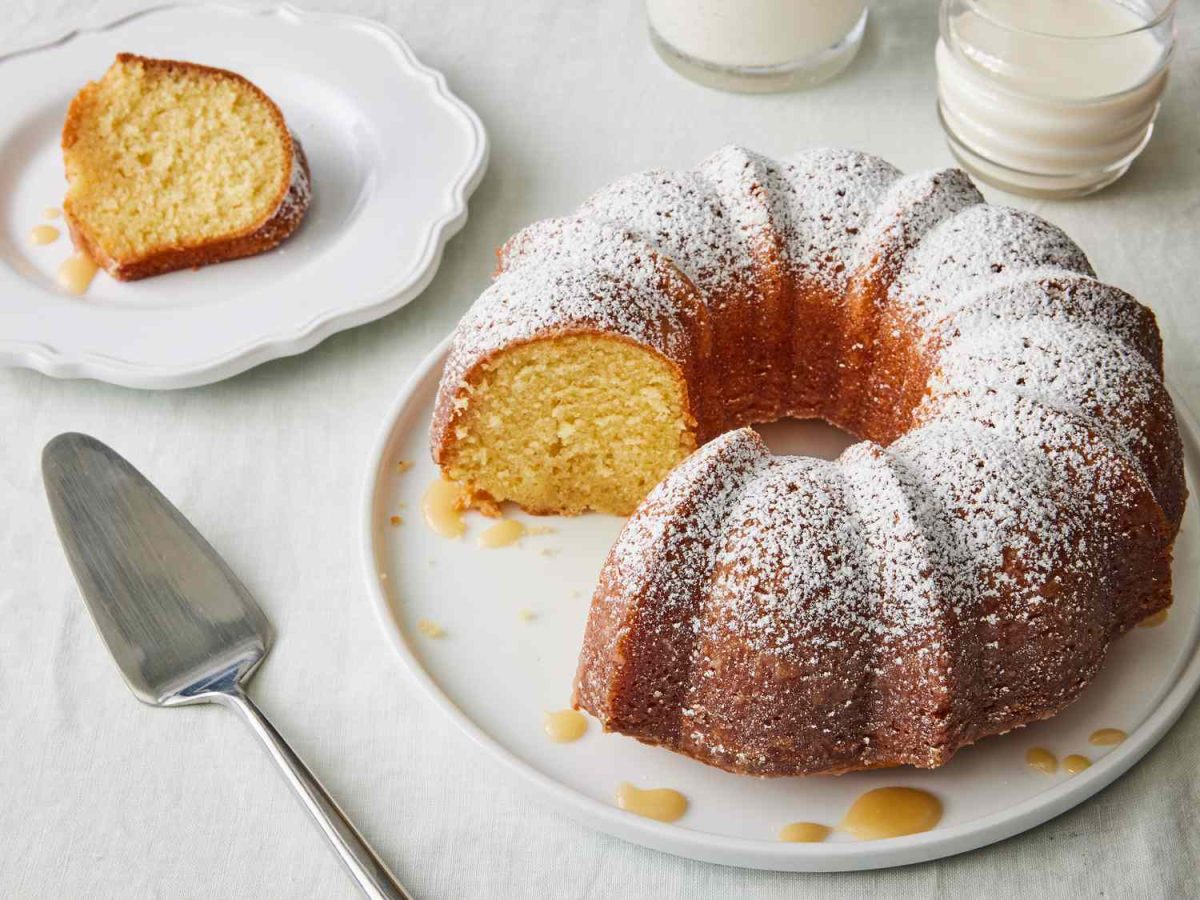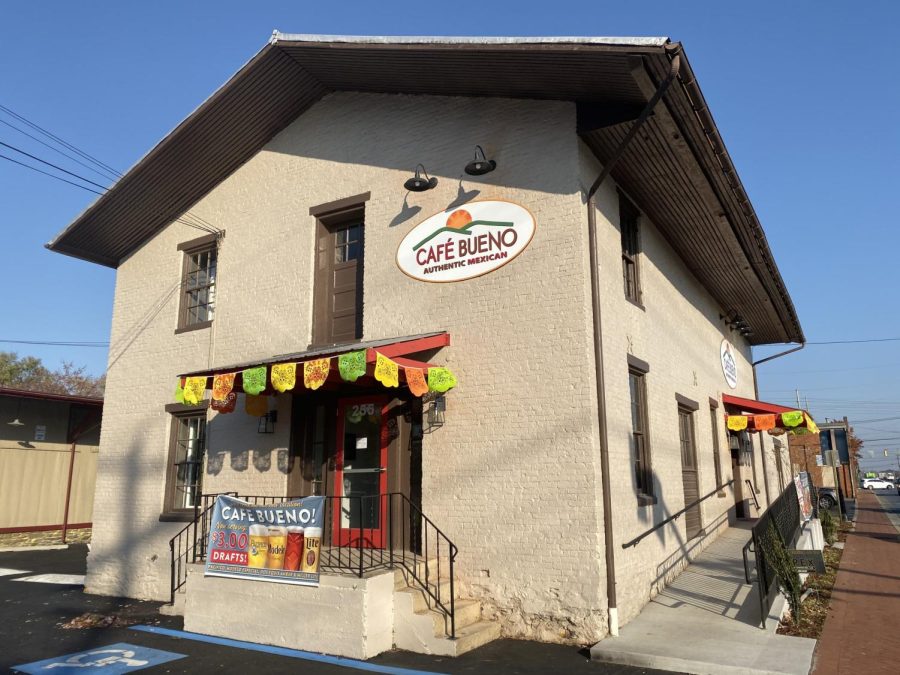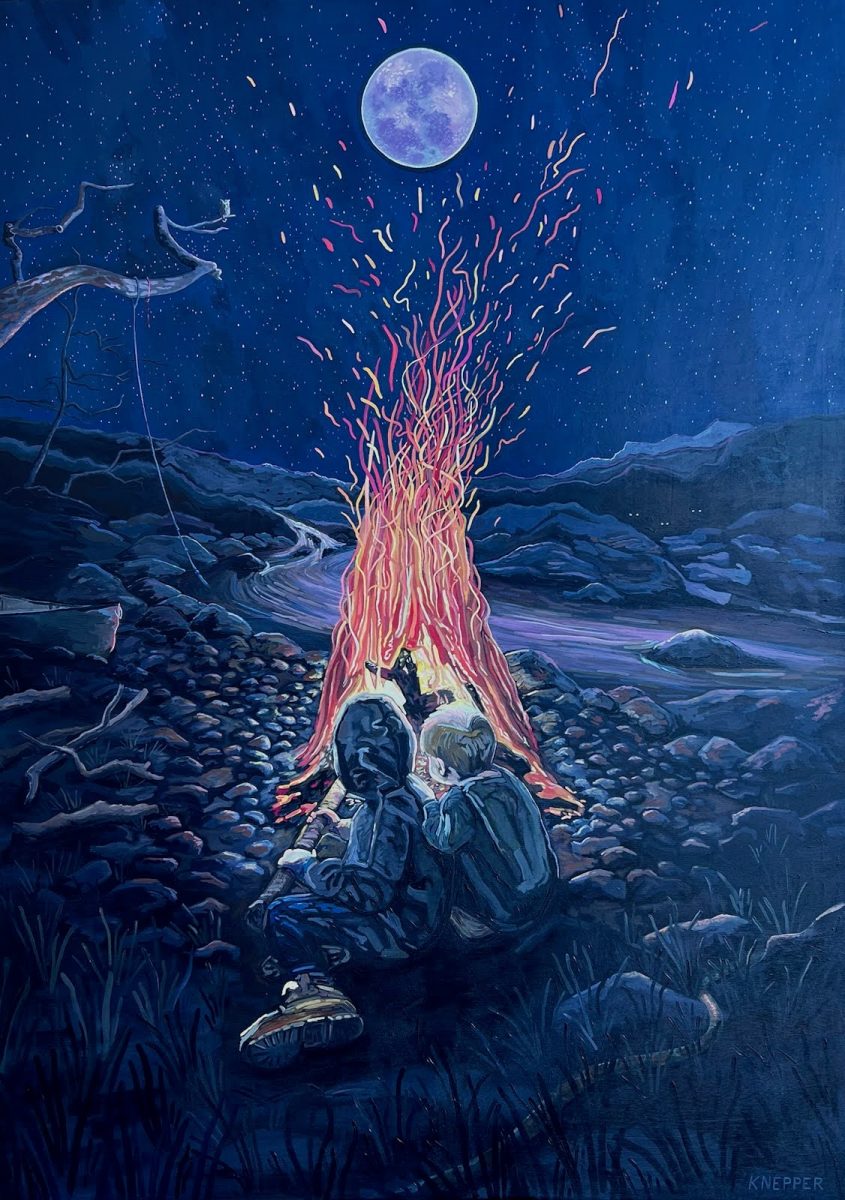Part 2: More than a Tour

October 4, 2016
Part 2 of 3
Click here if you missed Part 1
It was July 6th and my journey in Israel was just beginning. The first week was hectic, yet productive. We started off by touring the Old City of Jerusalem. However, we didn’t just tour. It was really important that we’d leave this experience with a deeper understanding of our Jewish values and Israeli culture. That week we visited the Kotel (Western Wall), but it was different for everyone. The Wall is divided by gender for respect purposes of the orthodox Jews’ prayer, with the women’s side lacking drastically in size. Once we left, we split into our kvutzot (groups) to discuss how the segregation made us feel. Although some people felt a religious connection to the Wall, others didn’t but felt like they should have. This was something greatly anticipated growing up in Sunday School, but what was all the hype? It was just a wall, afterall, but I was ready to embrace the symbolism it presented me and look at it from all perspectives.
The first Shabbat (Sabbath) was celebrated Friday night intoSaturday. Shabbat has always been an important time of the week at summer camp, as it would be on MBI. A big dinner is prepared before the sun sets since once it’s Shabbat, it’s no longer time to work. In the holier cities of Israel, you can’t even 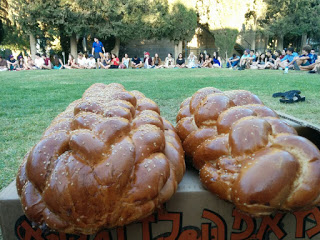 find working public transportation on Shabbat since everyone is with their families, reflecting on the past week. There were many things we did in Israel that were traditions from each of our machenot (camps), in which we changed to make our own as a new national kvutza (group). Before dinner, we light candles and recite the Kiddush. The Kiddush is a blessing over wine, or grape juice in our case, to sanctify the holiday. It’s important to sanctify, or declare the wine holy, as a symbol of keeping tradition alive. The night concludes with dinner followed by rikud (Israeli dancing). Rikud was one of my favorite parts of MBI because it was a regular activity on Friday nights so I could always count on it to bring us all together.
find working public transportation on Shabbat since everyone is with their families, reflecting on the past week. There were many things we did in Israel that were traditions from each of our machenot (camps), in which we changed to make our own as a new national kvutza (group). Before dinner, we light candles and recite the Kiddush. The Kiddush is a blessing over wine, or grape juice in our case, to sanctify the holiday. It’s important to sanctify, or declare the wine holy, as a symbol of keeping tradition alive. The night concludes with dinner followed by rikud (Israeli dancing). Rikud was one of my favorite parts of MBI because it was a regular activity on Friday nights so I could always count on it to bring us all together.
Rafsodia (building rafts) was another huge part of MBI. In each of our 5 group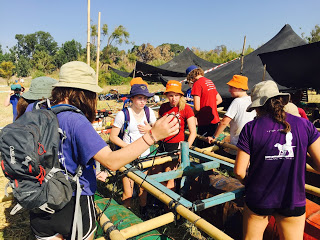 s, we were expected
s, we were expected
to build a raft out of bamboo, rope, and metal poles. The final
product was to get us across the Sea of Galilee in the raft that we spent 2 days building. Although our main focus was to make it across the sea, bonding was a huge aspect of the experience, as well. If we didn’t work well in our groups, our efforts would be displayed with the final product. However our night on the Kinneret (the southwestern shore of the Sea of Galilee) wasn’t just dedicated to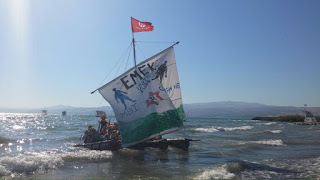 the rafts, We were able to enjoy a BBQ and camp out under the stars before the big day of sailing. My kvutza (group) made it across the sea first, despite a piece of bamboo cracking and injuring the sail halfway through. I could tell that the trust within my kvutza (group) contributed to the success of our voyage.
the rafts, We were able to enjoy a BBQ and camp out under the stars before the big day of sailing. My kvutza (group) made it across the sea first, despite a piece of bamboo cracking and injuring the sail halfway through. I could tell that the trust within my kvutza (group) contributed to the success of our voyage.
When I prepared for my trip, there were a few things I was especially looking forward to- riding camels was one of them. It took us over 2 hours to travel into the Negev from where we previously staying, in Jerusalem. The bus ride made it feel like the desert could go on forever, but finally we arrived at the Bedouin tents. We stayed in Bedouin tents for the night and would ride camels after learning about their middle eastern culture. The Bedouins greeted us with great hospitality and taught about their ancestors over tea spiced with the desert’s herbs. We later rode the camels in pairs and enjoyed a short trek with a breathtaking view of the great canyons of Wadi T’zelim and Wadi Rahaf, in the Kana’im valley. The desert view, once the sun had set, made the long bus ride worthwhile.
Out of all the sites I’ve seen, Israel had some of the most beautiful. From the ancient cities, to the Dome of the Rock (a mosaic-covered Islamic shrine), I wouldn’t trade this experience for anything. Next week I’ll be posting my third and final segment on my concluding thoughts and feelings about my journey.
